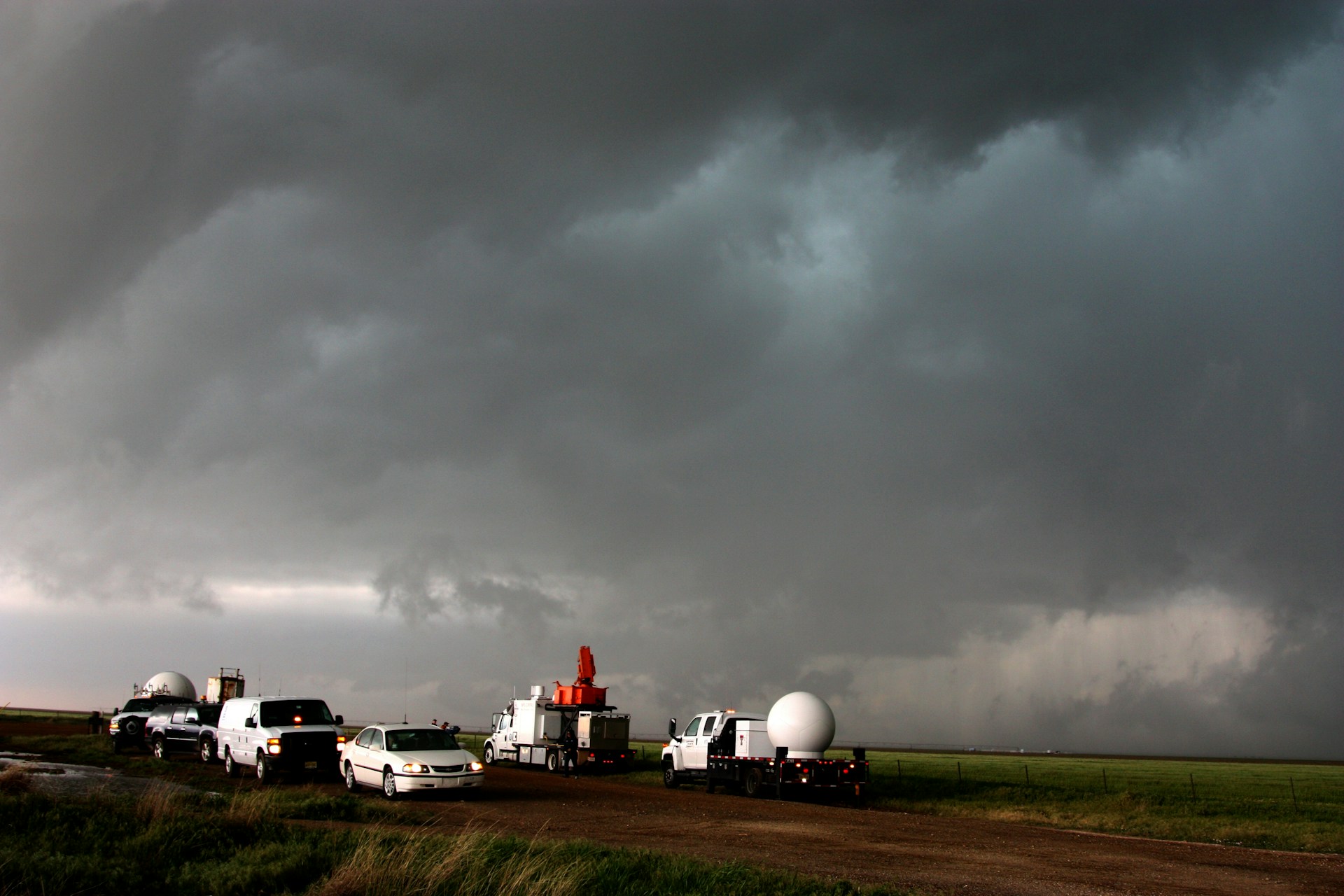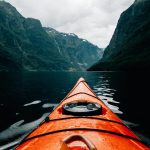Camping and outdoor activities offer unique experiences, but understanding how weather impacts these adventures is critical to a successful trip. From dealing with heat in open campgrounds to navigating storm-prone mountains and rainy hikes, being weather-prepared ensures both safety and enjoyment. This article dives into weather-related insights gathered from various regions and provides practical tips for outdoor enthusiasts.
1. Timing Your Trip: Seasonal Considerations
Planning your outdoor adventure around the seasons can significantly enhance your experience.
- Heat and Shade: Campgrounds with little to no shade, such as the pueblos, can be challenging in the hot months. Plan trips during cooler months like September for a more comfortable experience.
- Rainy Seasons: Early spring may offer fewer rainy days, while summer might see fewer crowds despite occasional rain.
For instance, the best months to trek to Everest Base Camp range from late February to November. Understanding these optimal periods can help you avoid harsh weather and enjoy more scenic landscapes.
2. Regional Weather Patterns
Different regions come with unique weather challenges, each requiring specific preparation.
- Peninsulas and Coastal Areas: Expect consistent winds and cool, crisp air due to proximity to the ocean. Dress in layers and be prepared for sudden weather changes.
- Mountains and High Altitudes: Locations like the Carolinas and Canadian Shield are prone to afternoon thunderstorms, which can lead to dangerous conditions like lightning and mudslides. Always check the local forecasts and understand thunderstorm safety in mountain regions.
- Chattanooga and River Areas: Fall is ideal for river activities like fishing, as temperature inversions can create optimal conditions.
For coastal US activities, understanding weather impact is crucial. Coastal areas face increased storm intensity, heightened precipitation, and warmer ocean temperatures, all of which can disrupt activities and ecosystems.
3. Rainy Adventures: Embrace or Avoid
Rain can either be a nuisance or an element to embrace depending on your preparation.
- Rain Preparedness: Hiking in the rain can be enjoyable if well-prepared. Pack waterproof gear, such as effective waterproof jackets and gear, and keep essentials like tea in a flask for morale. Using rain gear tips for hiking can ensure comfort.
- Safety First: Avoid hikes during severe weather conditions, especially in terrain where lightning protection is minimal. Seek shelter as soon as you hear thunder.
Additional gear like trekking poles, handwarmers, and dry sacks can assist in making rain hikes safer and more enjoyable.
4. Temperature Fluctuations: Day vs. Night
Understanding temperature variations can greatly impact your comfort and safety during outdoor adventures.
- Canadian Rockies (Banff): Even during warm days, expect cool nights with potential frost. Pack appropriately for both day and night conditions.
- Temperate Climates (UK): Summer nights can be uncomfortably warm due to poorly ventilated housing. Plan for lightweight sleeping gear and consider portable fans.
In high-altitude regions like Everest, late fall (October to December) or early spring (February to April) provide the best conditions, avoiding extreme cold and potential crowds.
5. Wind and Umbrella Etiquette
Windy conditions can complicate outdoor activities, making the right gear even more essential.
- Using Umbrellas: Suitable for flat, broad paths but impractical in steep or windy conditions. Opt for waterproof jackets and gear instead.
Effective wind management can enhance safety and comfort, allowing you to focus on enjoying your adventure.
6. Local Knowledge: Ask the Experts
Local insights can be invaluable when navigating weather challenges.
- Relying on Locals: When unsure, refer to local advice or experienced travelers for accurate weather forecasts and tips. It’s especially valuable in regions with unique microclimates like Patagonia.
Local advice can help you prepare better and avoid unexpected weather pitfalls, ensuring a smoother experience.
7. Wildlife and Weather: Co-existing Safely
Weather conditions often affect wildlife activity, and understanding this can enhance your safety.
- Bears and Bugs: Hot, humid weather can increase wildlife activity. Stay informed on local wildlife tips and carry necessary deterrents or protective measures.
Awareness of local fauna and weather interactions can help you avoid dangerous encounters and enjoy your outdoor activities more responsibly.
Conclusion
Weather plays a crucial role in outdoor experiences. Being well-informed and prepared for various weather conditions not only ensures your safety but also allows you to fully enjoy the beauty and adventure that nature offers. Keep these tips in mind for your next camping or hiking trip to make the best out of any weather scenario.
Have you faced weather challenges during your outdoor adventures? Share your experiences and tips in the comments below. And don’t forget to subscribe for more outdoor and camping tips!




